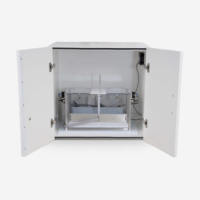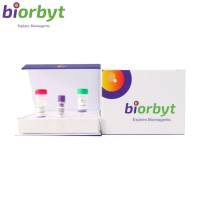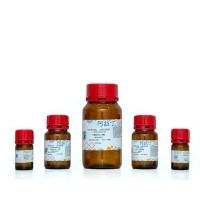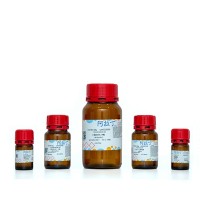In Vitro Shuttle Mutagenesis Using Engineered Mariner Transposons
互联网
679
Advances in our understanding of the protozoan parasite Leishmania have been facilitated by the development of molecular and genetic tools. One powerful approach for gene identification and analysis is transposon mutagenesis. This can be performed directly in vivo, but often it is more convenient to generate transpositions in vitro for subsequent analysis in vivo, in a process termed “shuttle mutagenesis.” The Drosophila element mariner is well suited for application by either route. Minimal mariner elements containing cis-acting elements required for transposition have been generated, which can be further modified to suit the needs of the experimenter. Additional genetic markers and/or reporters can be introduced, which are useful for procedures such as insertional mutagenesis, shotgun sequencing, or the generation of protein and transcriptional fusions for subsequent analysis. Active transposase can readily be generated following expression in Escherichia coli , and efficiencies of 10−3 /target can be obtained, allowing the generation of large transposon insertion libraries suitable for subsequent screening in vivo. This chapter explains the steps necessary to purify active Mos1 transposase and conduct an in vitro transposition reaction. We also discuss some of the considerations relevant to the design and application of functional mariner elements (donor plasmids) relevant to studies in Leishmania and other organisms.









